6 tips for efficient forklift operation in freezers & cold stores
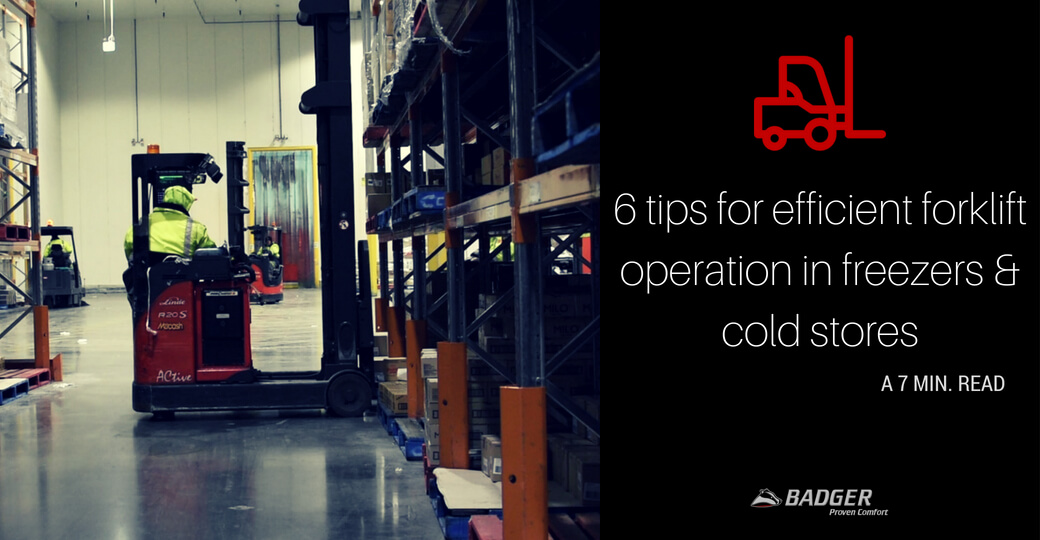
Chilled and frozen warehouses are pretty tough environments for people to operate in, but machines feel the cold’s pinch too. Forklift trucks in particular are often more expensive and less efficient to run in a cold store compared to an ambient warehouse. However, here are 6 tips for optimizing the performance of forklifts in freezers. If you have others you’ve picked up from experience, please share them in the comments section below!
1. Quality is cheaper in the long run
Put simply, the more expensive option will often be cheaper and more efficient in the long run, especially when it comes to machines and their components (i.e. grease, oil and tyres). While it seems obvious, it is vital high-quality trucks are chosen in the first place. Steel joints and parts become more brittle as their temperatures decrease and will break more often. Also, ensure the forklift has latest technology stability control features, as the ground can be very slippery from condensation, meaning tip-overs can occur more frequently.
Batteries
Research shows the charge lifetime of forklift batteries be up to 35% less if the machine is operating in freezing temperatures. This can seriously reduce the productivity of a team, so it is vital you look for a lift truck or battery that has the maximum nominal capacity possible. This will help offset the shorter battery life and increase the operational duration of the team.
Switches
Switches and other electronic elements on the forklift are at risk in cold temperatures as condensation can build up on the inside and cause issues as it freezes. Look for a forklift design that overcomes this by channelling heat to the switches themselves to evaporate any moisture.
Tires
Traction issues are common in chillers and freezers because of condensation build up, and tend to accelerate wear on the tires. Choose polyurethane tires over rubber tires for grip. Sided, treaded or even sanded polu versions are popular.
2. Driver comfort has an impact
Optimizing the operator performance is as vital as optimizing that of the forklift itself – a cold, miserable driver is unlikely to be an efficient driver! If they don’t enjoy the luxury of a heated cab, operators should at least be provided with clothing and PPE that is suitable for the conditions they are working in. You could also invest in a truck that has heated handles or floor mats.
3. Watch out for condensation
Condensation is a cold store forklift’s greatest enemy. When it leaves the freezer, the forklift will begin to sweat, and the fluid may run into the myriad of wires and connectors under the bonnet. This can cause a range of issues, all of which cost time and money for the company. To avoid this, choose a forklift design that, firstly, minimises the number of wires and connectors required, and secondly, positions them well away from condensation pathways. Rust proof specification is also vital.
To avoid unnecessary condensation build up, it’s best to leave the truck in the cold store when possible. If it does need to go outside, leave it out for long enough to allow it to dry out completely. Having said that, it is recommended forklifts are charged in ambient temperatures, as it will charge much faster when the environment is not freezing.
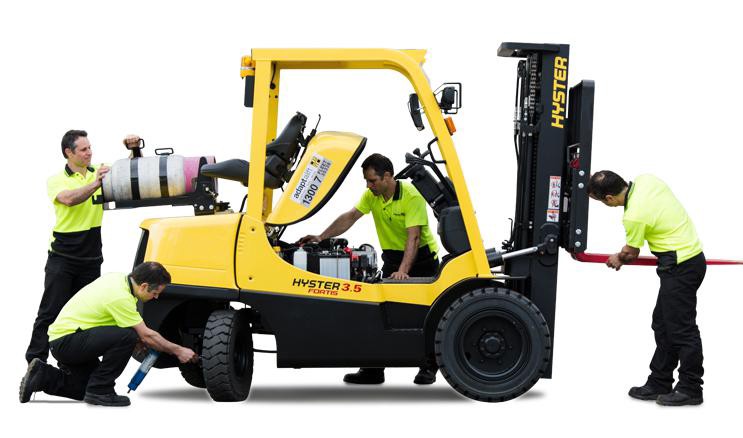 4. Maintenance pays off
4. Maintenance pays off
Because frozen environments are so harsh on equipment, it is critical regular periodic inspections are completed on forklifts at least every 250 – 500 hours. At these inspections ensure everything is adequately greased and condensation build up is minimal.
Maintenance of the warehouse itself also improves efficiency. Housekeeping such as cleaning up pallet or cardboard waste from isles and sweeping away ice will avoid unnecessary damage to the trucks and reduce downtime in the long run.
5. Deliver adequate training
The impact operator performance has on forklift efficiency has already been alluded to, and adequate training is another way this can be optimized. While all operators should’ve completed the foundational high risk training required by legislation, on site training in the actual cold store environment is also critical, as the freezing temperatures add signification complications for every operator. These aspects, such as the dangers of hypothermia and the impact the cold has on their body, are not covered in normal training.
Ultimately, an operator that is more careful and more competent in the cold store environment will be more efficient and safer, both of which same time and money for the company in the long run.
6. Warehouse density and layout is important
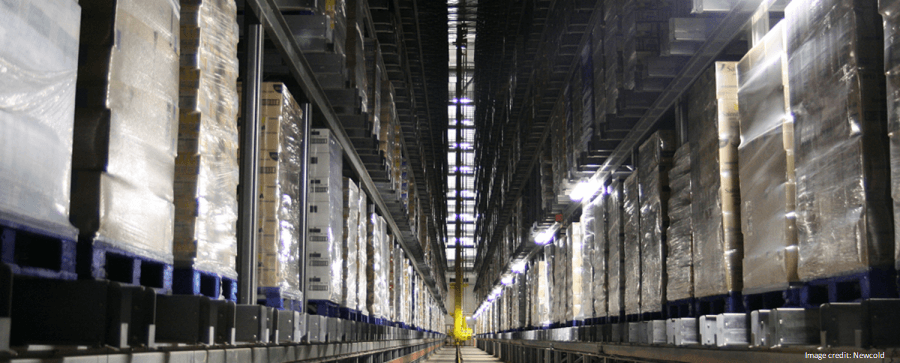
While it is not in relation to forklift trucks exactly, the layout of the warehouse itself also plays a vital role in the efficiency of the team. Densely packed cold stores are more efficient as less energy is required to keep the contents at the required temperature. Furthermore, this allows ‘leaner’ handling as forklifts and pickers need to travel less distance while picking items.
Having said that, it is very important to strike the right balance between warehouse density and handling capacity. Overstocking a cold store can lead to decreased order fulfillment and slower turnaround times.

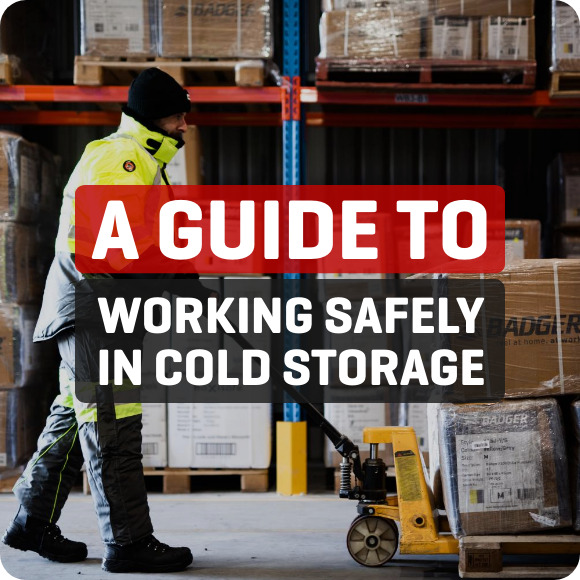
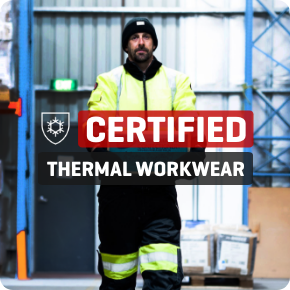




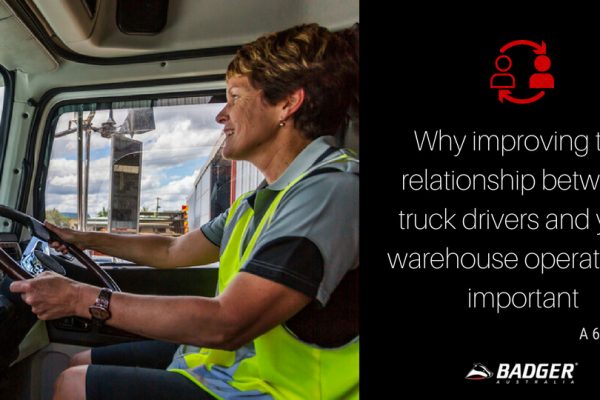
4 Comments. Leave new
The forklifts are very useful machines and can be seen in every warehouse and storage facility. Without these machines, the warehouses would not be able to operate efficiently and with easiness. Admiring the commitment you put into your blog and detailed information you offer.
Thanks for the feedback. We certainly agree, forklifts are vital to the logistics industry!
Unquestionably, the extreme cold and hot temperature have a significant influence on the performance of the battery. So, forklift battery needs suitable maintenance to overcome the adversity of the winter. Apart from this, older or weaker battery couldn’t stand against the extreme temperature of the winter which needs to be replaced with suitable substitutes to ensure continuous power supply to the forklift.
Oh, I hadn’t realized that condensations could really mess up your forklift. I’d imagine that condensation isn’t any good for your pallets, either. You probably want to be sure you have sturdy pallets and that you replace them when they start getting worn down.